- Learning time
- 40 minutes
- First play time
- 360 minutes
Diplomacy
Designed by: Allan B. Calhamer
In Diplomacy players are world powers in both conflict (at times) and uneasy alliance (at other times). Set at the start of the twentieth century, each player represents a burgeoning empire looking to expand across the globe (the board) by both fair means – if war can be described as fair – and foul.
Each round represents a year passing, and is broken into two phases (spring and fall), each of which gives everyone a chance to move their units on the board. How this works is central to the whole idea of Diplomacy – players can cut deals with each other and make pacts, but all orders to each unit are written down secretly, and revealed at the same time. It’s at this point you (or someone) may discover the uneasy alliance is over in an infuriating double-cross by a devious, calculating liar.
In fall this is repeated, but players also have a chance to build, establishing supply centers that, in turn, can support your units. The basic rules of Diplomacy, then, are quite simple, but with two things to bear in mind – firstly, orders involve moving units, holding units (i.e. not moving), supporting (providing military assistance to a neighbour), and convoying (transporting units), and these four simple options are less simple when diverse orders from different players contradict each other. You may find that you cannot move your unit from France to Spain, say, because another player is trying to convoy into Spain from the sea. Each order that contradicts another may cause a minor – or major – ripple in the political and military dominance on the board.
The second one gives the game its name: the negotiation is how Diplomacy lives or dies. Played with none at all it doesn’t function as a game – it’s all about those shifting alliances, temporary pacts and entirely inevitable treachery! Play will only end when a single player controls eighteen supply centers on the board – or possibly earlier, if someone upends the table and storms out, never to be seen again.
The guru's verdict
-
Take That!
Take That!
Beyond recorded levels. No other game encourages so much filthy behavior, for such an extended period of time.
-
Fidget Factor!
Fidget Factor!
For a long game, it is at least pretty speedy, and everyone is involved in the negotiations.
-
Brain Burn!
Brain Burn!
Rules are actually not that heavy; what you're juggling here is the anticipated moves of other players on the board, and the timing of the back-stabbing. You gotta do it to them before they do it to you.
-
Again Again!
Again Again!
This is a 'pure' gamer's game - no dice, or chance-based events - and it leans heavily on the interaction and negotiations, so every play will be different because it's about what the players bring to the table. That said, it will always be a dirty, dastardly experience, to put it mildly. Best with a crowd, and kind of pointless with two.

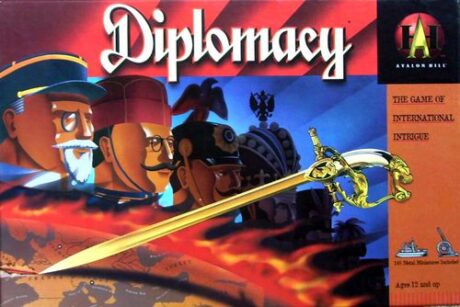
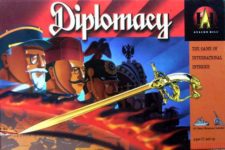


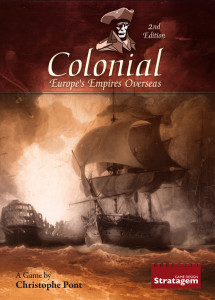
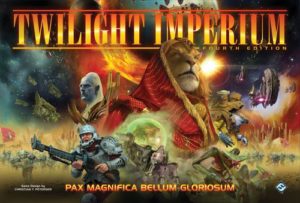
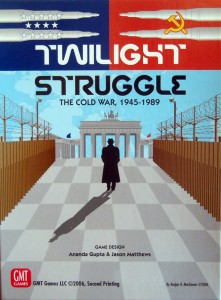
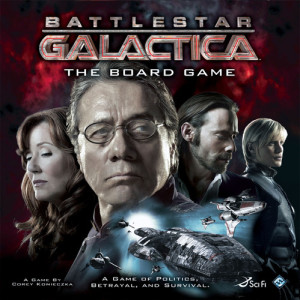
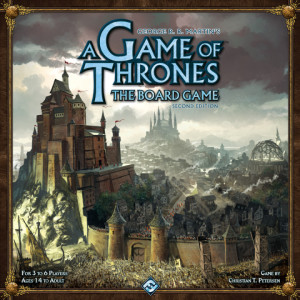
Sam says
Diplomacy has been around for fifty years and has enthusiasts who hold it up as a brilliant example of game design, because of the highly interactive element. Compared to many early board games that seem to rely rather heavily on the roll of a die (Monopoly, Cluedo, Ludo, Game of Life, etc) it's a sophisticated system that stands up brilliantly. That said, I don't yearn to play again. The publisher sells a T-Shirt which says Diplomacy has been "Destroying Friendships since 1959" and it's not a claim they make lightly. Only play this if you and everyone at the table has a thick enough skin to spend the six-plus hours of it in a state of intense paranoia, punctured by moments of either despair, or possibly guilt, as you abandon your support for your best mate's units in Russia and attack them instead. Diplomacy sounds such a tactful word, but here every diplomat clutches a knife under the table.